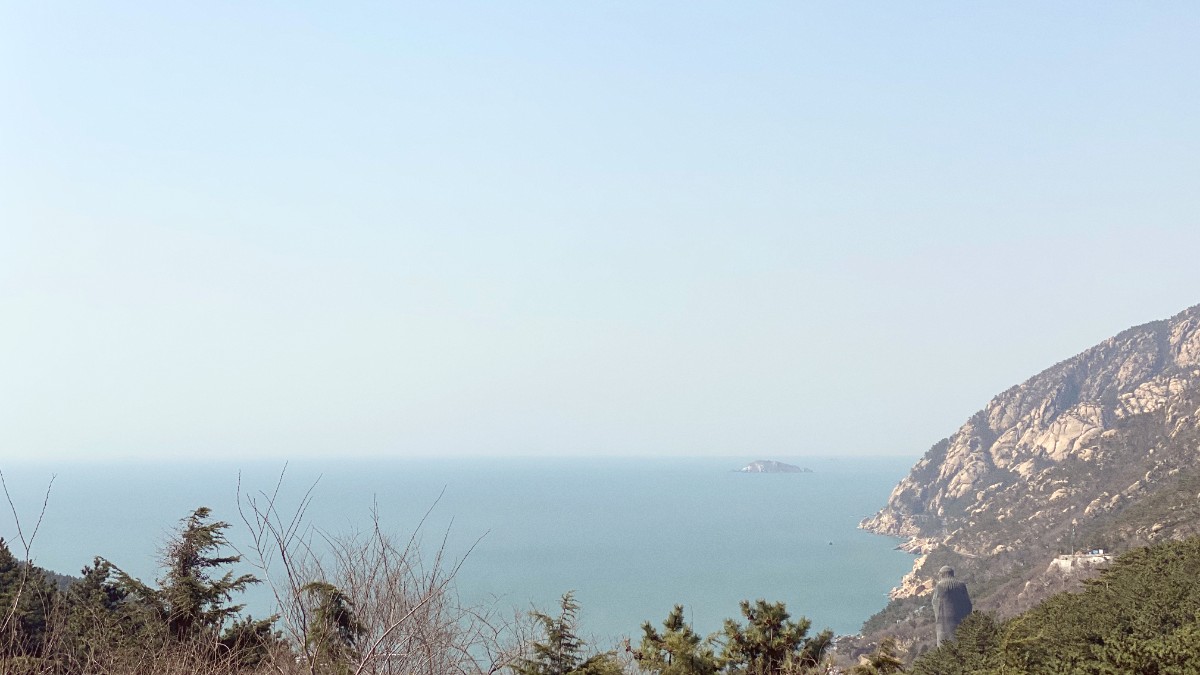
The Coast, Kenya
The Vasco da Gama Pillar marks early European arrival in East Africa. The explorer Vasco da Gama is believed to have erected it in 1498 as a navigational aid. It sits on a headland, with sweeping views of the Indian Ocean.
Malindi Museum (House of Columns) resides in a stately building, originally a native commissioner's office built in 1891. It provides a comprehensive overview of Malindi's history, Swahili culture, and archaeological finds.
While formal institutions may be limited, the local culture thrives in everyday interactions.
Stroll through narrow streets to observe traditional Swahili architecture. Look for intricately carved wooden doorways and historical buildings.
Evidence of Portuguese presence persists in some architectural styles and historical narratives within the town.
The town's structure and layout reflect its past as a significant trading port along the ancient coastal routes.
The enduring architecture and active religious sites symbolize the town's lasting cultural identity.
Further archaeological findings outside of Gedi also shed light on earlier settlements along the Malindi coastline.
Malindi's natural beauty extends from its coastline to unique inland formations.
Malindi Marine National Park and Watamu Marine National Park offer stunning underwater scenery and diverse ecosystems.
The Vasco da Gama Pillar headland offers panoramic ocean views. The Marafa Depression presents breathtaking sunset vistas.
Marine parks are home to colorful corals, fish, sea turtles, and dolphins. Mida Creek supports diverse birdlife for birdwatching.
Marafa Depression (Hell's Kitchen) is the main geological highlight, an unique sandstone canyon system with dramatic, colorful formations.
Silversands Beach offers wide sands, Casuarina Beach provides tranquility, and Che Shale Beach attracts kitesurfers. Mida Creek supports mangrove ecosystems.
Where the Sabaki River meets the Indian Ocean. A good spot for birdwatching and observing local fishing.
Marafa Depression (Hell's Kitchen) offers a distinct, less-visited natural experience with dramatic, colorful canyons.
Explore quieter residential areas of Malindi Old Town for an authentic glimpse into local life. Visit small local fishing villages.
Mambrui, north of Malindi, develops with newer resorts and quiet, expansive beaches, presenting a more secluded experience.
Beyond the well-known sites, Malindi offers less-visited spots that provide unique experiences. Seek them out for a understanding of the area.
A closer look at some attractions for a richer visit.
The region's history and natural beauty offer diverse points of interest.
A historical marker from 1498 by the Portuguese explorer. Located on a scenic headland with ocean views. Explore the nearby St. Francis Xavier Chapel.
Housed in a 19th-century building, it displays Malindi's history, Swahili culture, and archaeological findings. Take one to two hours for a visit.
One of Kenya's oldest marine protected areas. Features excellent snorkeling and diving. Boat trips are available through local operators.
Mysterious ruins of an abandoned 13th-17th century Swahili town. A must-see historical site with a small museum.
Book Gedi Ruins TourUnique sandstone canyon with dramatic formations and colors, especially at sunset. An impressive geological feature.
Discover Hell's KitchenA prominent and active mosque in Malindi Old Town. Dress modestly and maintain a respectful demeanor when near.
Adjacent to Malindi Marine Park, with spectacular coral reefs and Mida Creek. Excellent for marine life and birdwatching.
Explore Watamu Marine ParkA large tidal inlet with extensive mangrove forests. Ideal for birdwatching and serene kayak excursions, rich in biodiversity.
Kayak Mida CreekTo maximize your marine park experience:
Enhance your historical explorations:
Malindi presents a blend of historical depth and natural wonders.
Consider combining coastal attractions with an inland excursion to Marafa Depression for a varied experience.
Effective planning helps maximize your time exploring Malindi's rich offerings.
Group nearby attractions together to optimize travel time.
Use local transport for cost-effective and authentic movement.
The dry season offers the most comfortable conditions.
Consider your activity preferences when choosing your travel dates.
Booking guided tours simplifies your sightseeing.
Explore options on GetYourGuide for a range of guided excursions.
Practice responsible tourism to preserve Malindi's heritage.
Your actions contribute to the sustainability of Malindi's attractions.
Dress modestly, notably when visiting religious sites or traditional communities, to show respect.
Always ask for permission before taking photos of people. Be mindful of cultural sensitivities.
A simple "Jambo" (Hello) or "Asante" (Thank you) in Swahili is well-received and appreciated by locals.